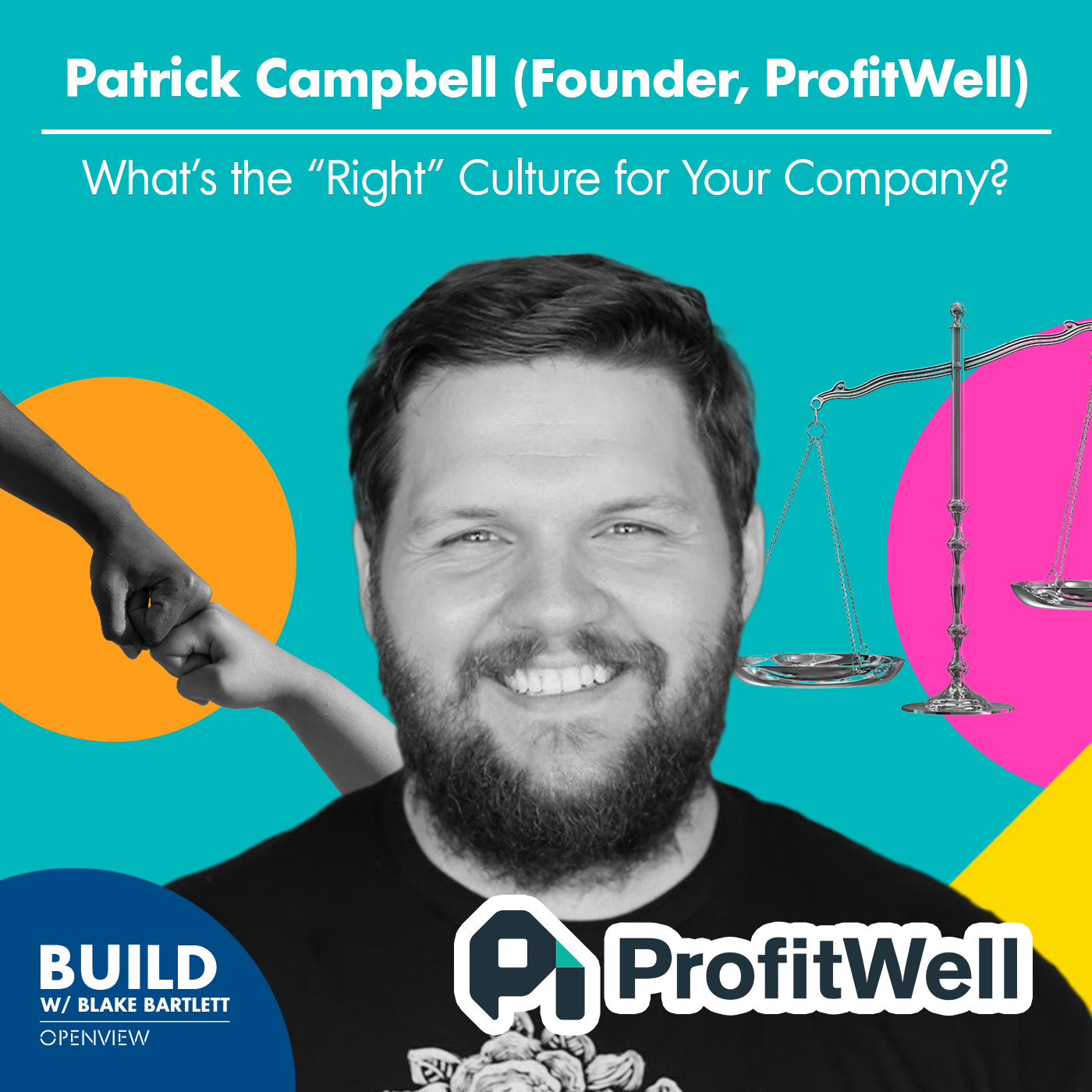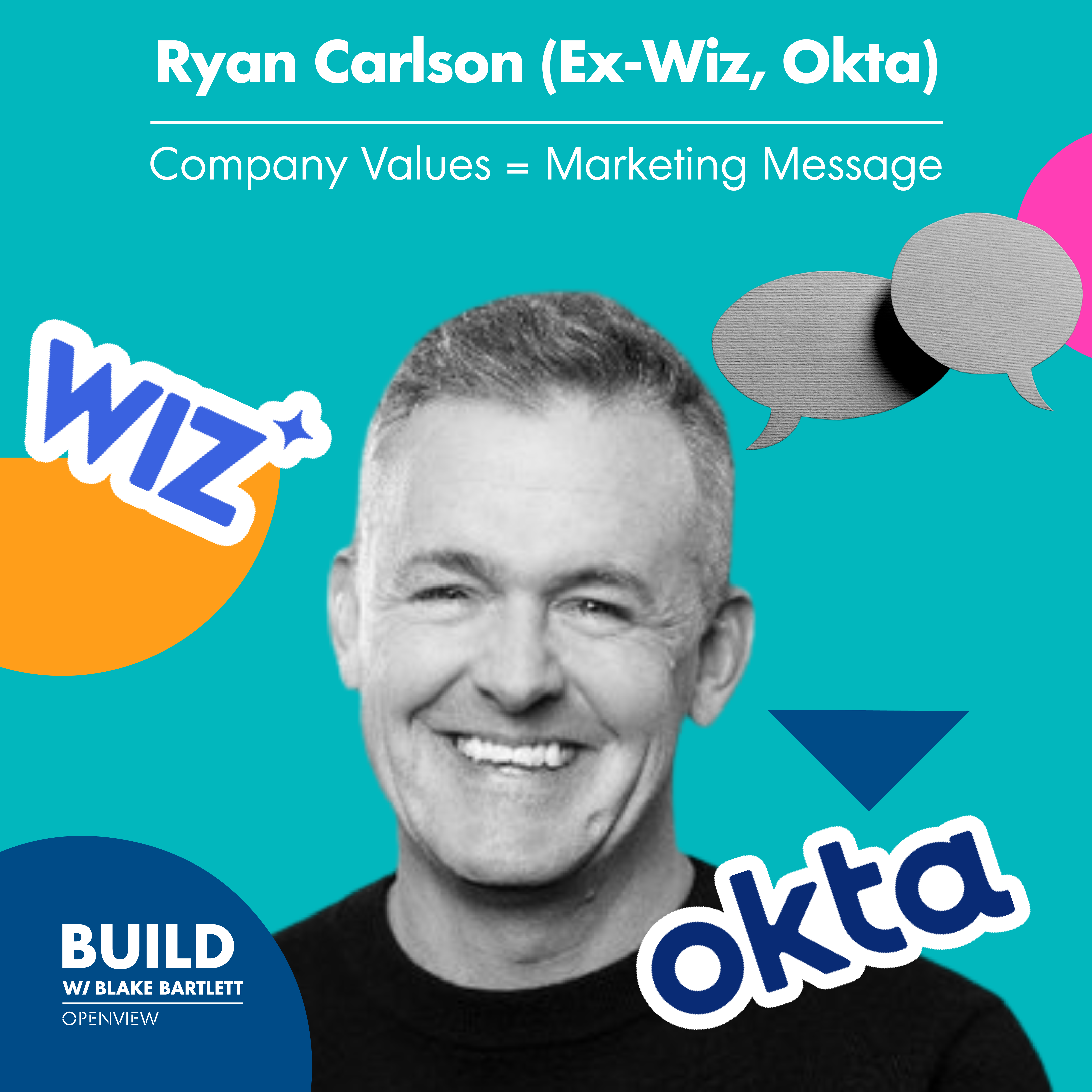Martin Gontovnikas (HyperGrowth): What PLG Means for the CEO
- 0.5
- 1
- 1.25
- 1.5
- 1.75
- 2
Speaker 1: What does a PLG strategy mean for the CEO of a company?
Speaker 2: The most important thing about CEOs, for a product level company, is that they have to fully support product level growth for it to work. I've seen a lot of companies that started as top- down, and because they heard that product growth is a trend right now, they basically wanted to jump into a trend. But then when there are problems, when people object, when people think differently, because they don't really believe that product growth is the answer, they will answer something that will break product- led growth. And I'll give a few examples, but that's the most important thing that a CEO can do for a product- led growth startup. They have to fully support PLG, and they have to fully believe that product- led growth is something that they should do. Some examples of things that I've heard is, the VP of Sales comes to the CEO and they say," Hey, my product growth is stealing all of my leads, and they're eating up my quota." All of my account executives do not hit quota, because they're buying self- service with a credit card. And if you think about this case, Sales being mad is not good. Sales, not hitting quota is also not good, but there's two things that you should think about from a product-led growth perspective. One is, if they are buying self- service, instead of going directly through Sales, then maybe there's something wrong with your product pricing, because there's not enough value for them to go engage with Sales, and do something, and do a demo, or a POC, compared to a self- service one. Number two, you shouldn't optimize for a local maximum. What does that mean? Maybe selling, and hitting the quota for sales, is good for them. It's a local maximum for them, but for the company, maybe it's better that you actually start driving more self- service accounts and less sales because self- service requires less sales people, less CS people. It's more autonomous, and it basically requires less money to invest into it. Maybe it's better for the company. And I've seen a lot of cases where the CEO is just like," No, okay, you're right. We need to change this. And we need to give more deals to the sales team, so they hit the quota." Giving the support to the entire team means understanding that maybe, it's okay, that they don't hit that quota. Another one very related to the topic we chatted on the podcast, around community. I've heard a number of times CEO saying," But there's no KPI that is linked to revenue, from a community, so we should stop. We shouldn't do community." And even though it's something that is less tangible, it's extremely important for the product to grow because your users have to be able to talk together, work together. Focusing on that is another part that I think is very important for a PLG CEO. Other things that I've heard, for example, is Sales saying," Hey, why can't we talk to the user? Why do we talk to the user, and they never respond?" This is specific, for example, for developer startups, understanding that maybe it's better, that Sales doesn't speak to the developer because they don't want to talk to them, and it will hurt revenue. It's another way where a good CEO should support this, from product growth. Last one that I'm going to mention is, I've heard a lot about the growth teams. The growth teams get a lot of shit from some of the others. I've heard VPs of Engineering say," Hey, why can't growth just write shitty code, and ship something, and not maintain it." And the idea is that the growth team can run multiple experiments to drive activation, and retention. They have to do them fast to see if it works, and if it works, engineering will fully implement it. But if they maintain things, it would take forever, and they cannot do these experiments. Thinking about how, as a CEO, can you support a VP of Growth, or a VP of Product, or a marketer who owns growth, together with engineering team, is another very important part. Those are just examples, but to sum it up, thinking about product- led growth as a CEO, is very different to thinking about top- down sales, or a sales letter, a marketing- led company for a CEO. And that's something that CEOs need to get used to, when they're switching from only doing top- down, or that's the main experience they've had.
DESCRIPTION
A lot of PLG talk is focused on operational strategies and tactics. But what does PLG mean for the CEO of a company? What should your mindset be? How do you address common objections you might hear from your team (especially if transitioning to PLG for the first time).
Key Takeaways:
- [00:04] Fully supporting product level growth
- [00:39] Investing in sales, self-service, and not optimizing for the local maximum
- [02:27] KPIs and linking to revenue
- [03:18] Growth teams need support and buy-in
Mentioned in this episode:
Sign up for OpenView's weekly newsletter
Martin Gontovnika, Co-Founder and General Partner at HyperGrowth Partners
Subscribe to Blake Bartlett on YouTube.
Podcast produced by OpenView.
View our blog for more context/inspiration.
Today's Host

Blake Bartlett
Today's Guests







